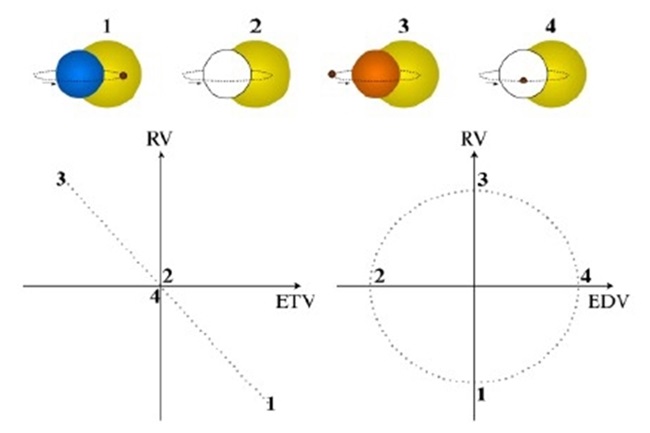Stellar activity can provide important information regarding the structure, evolution, and the atmosphere of the stars, as well as their magnetic field and mechanisms that generate them. On the other hand, stellar activity introduces severe astrophysical noise in the collected data in the quest for what might be called Earth 2.0. In this talk, I will present main obstacles and difficulties which stellar activity poses on the detection and accurately determining the transiting exoplanets properties, and their orbital architecture. Moreover, stellar activity will remain as one of the biggest challenges in detecting and studying the exoplanetary atmosphere’s signal, even in the era of upcoming missions such as ESPRESSO, JWST, and ARIEL. Last but not the least, I will also talk about the lack of circumstellar planets in eclipsing binaries and how a new observational strategy can reveal their presence for the first time.
Speaker: Dr. Mahmoud Oshagh, Institute for Astrophysics, Göttingen University
Date: 23 October, 15:30-16:30 at Mishima Hall (ELSI-1)
Host: Ayaka Okuya (Yuka Fujii)

